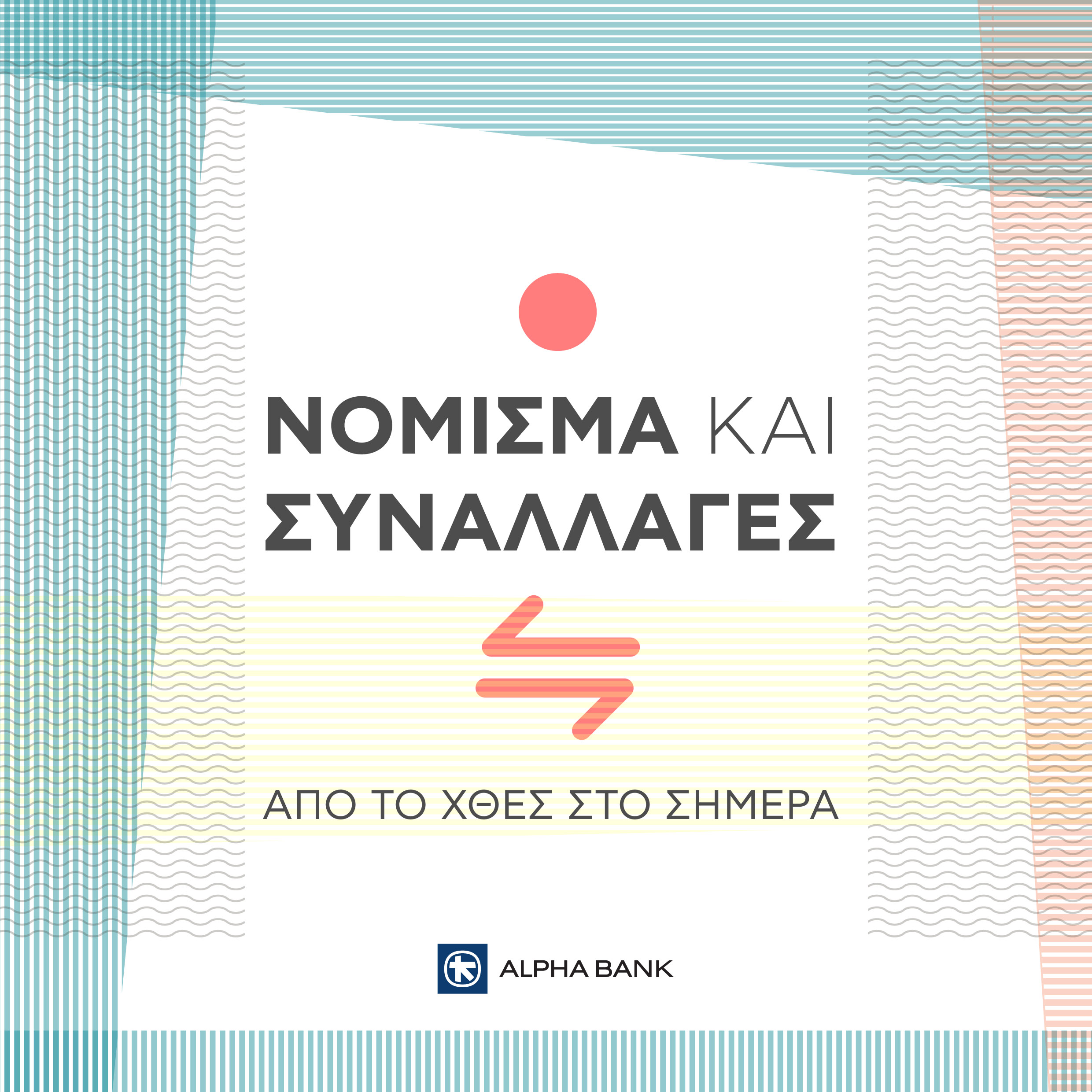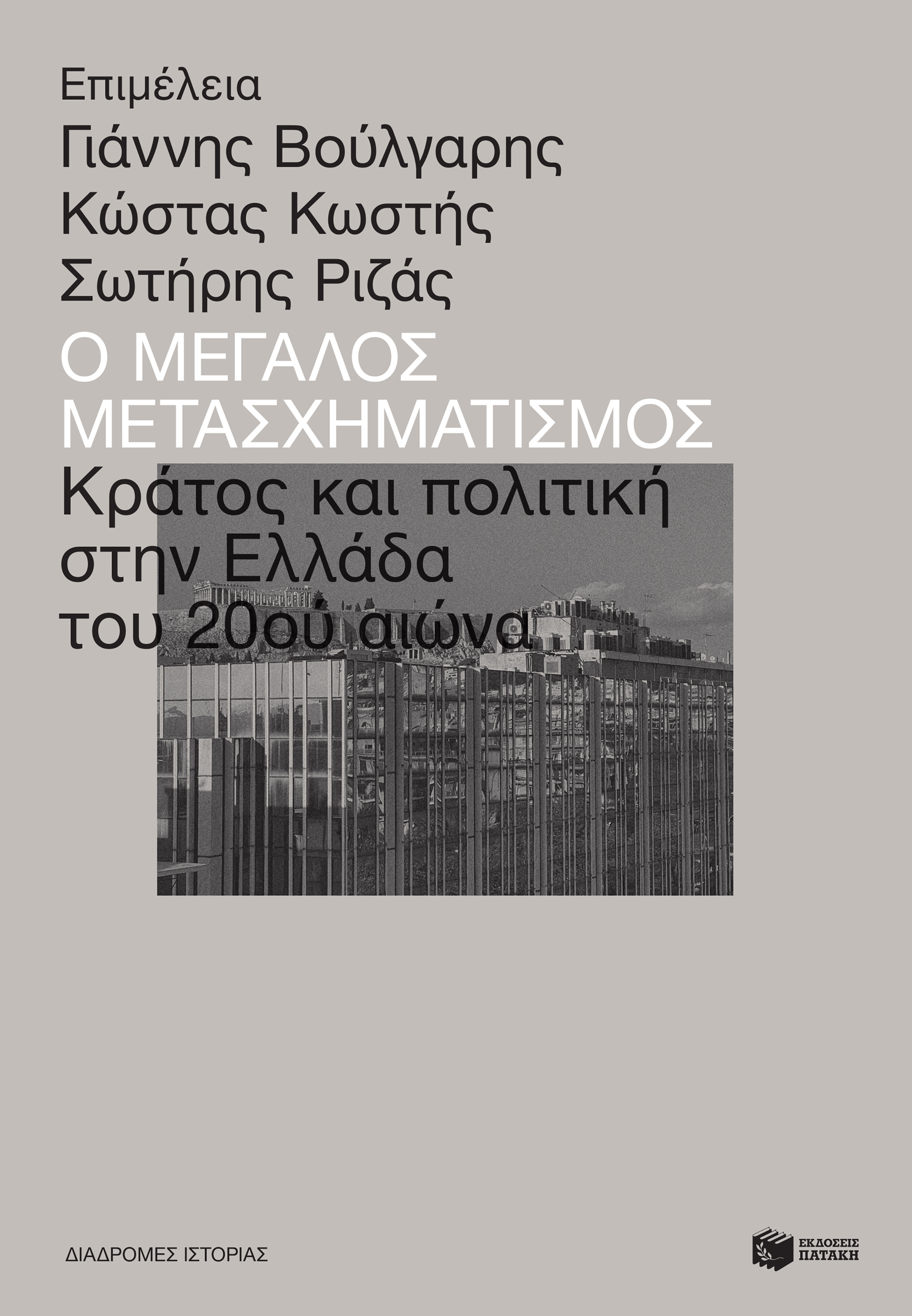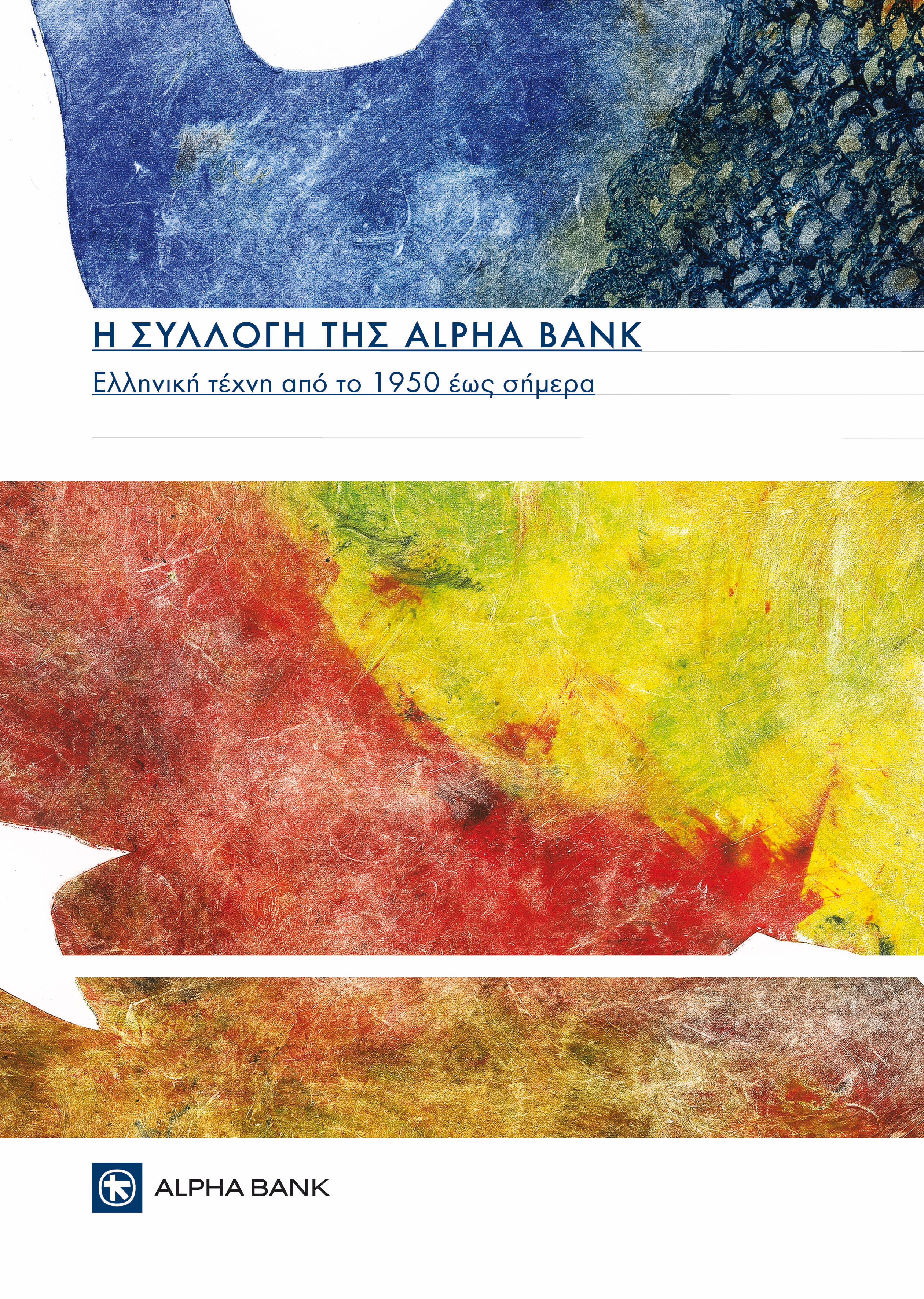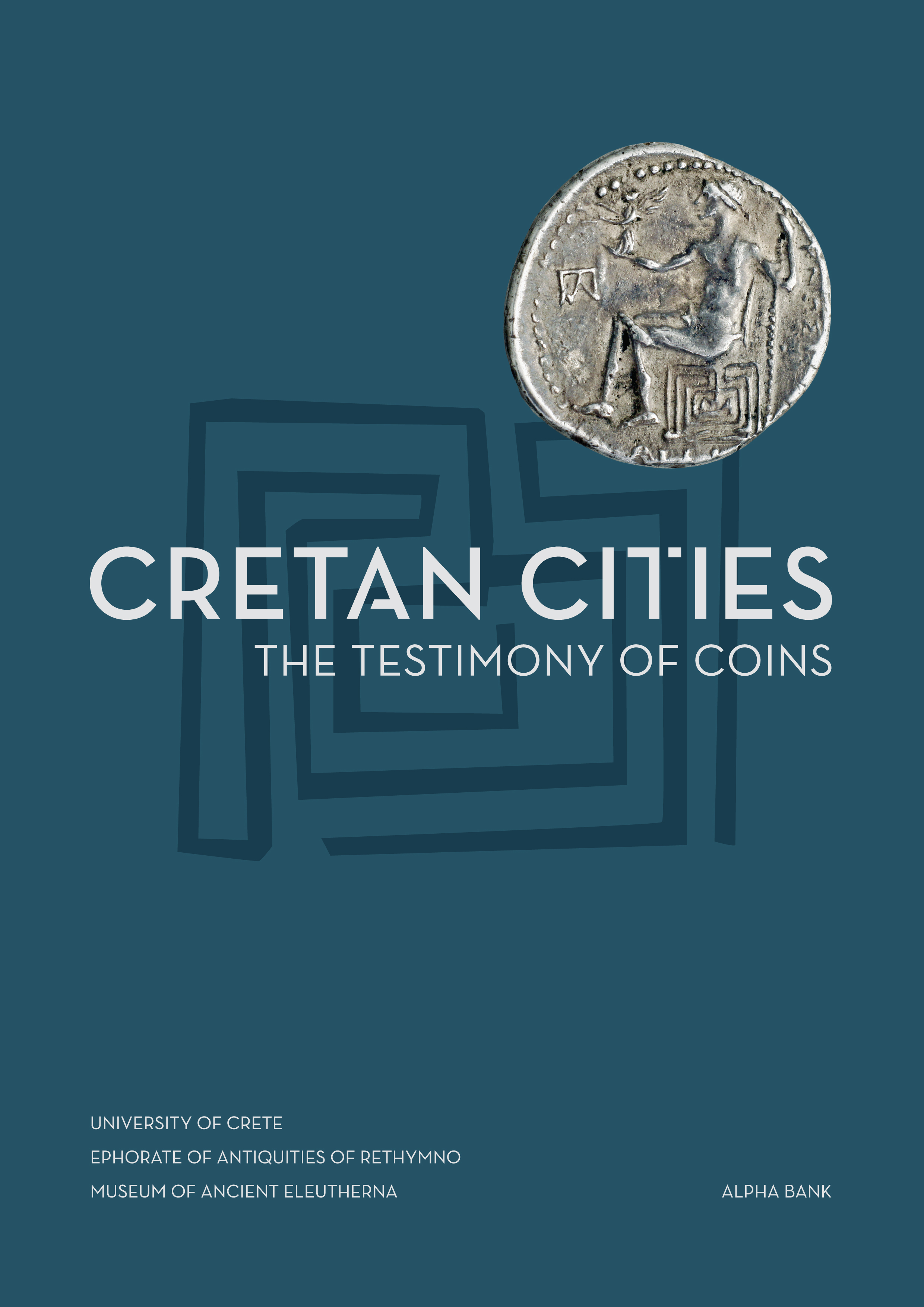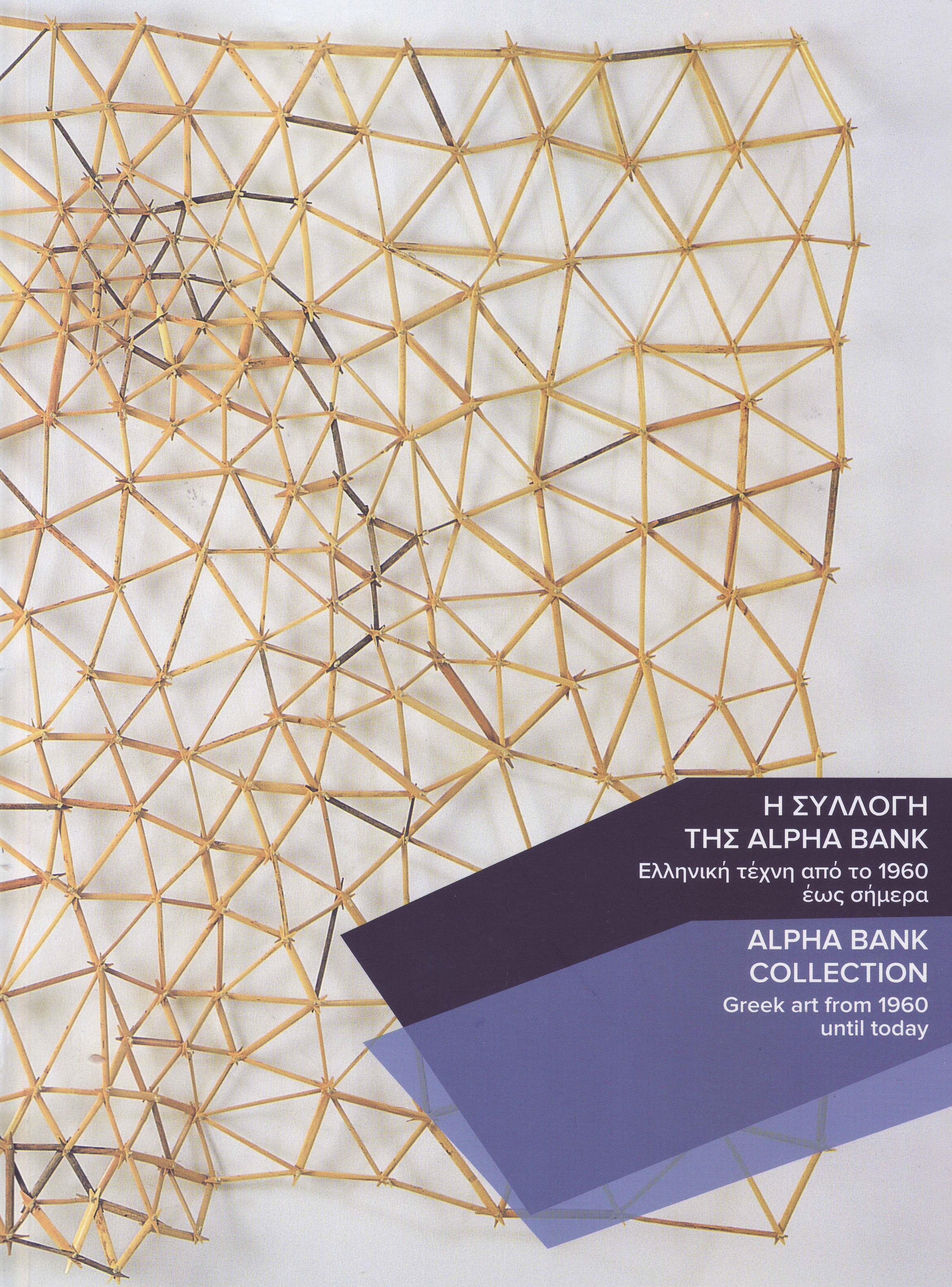Year published: 2021
The Greek Revolution through the Currency of the modern Greek State
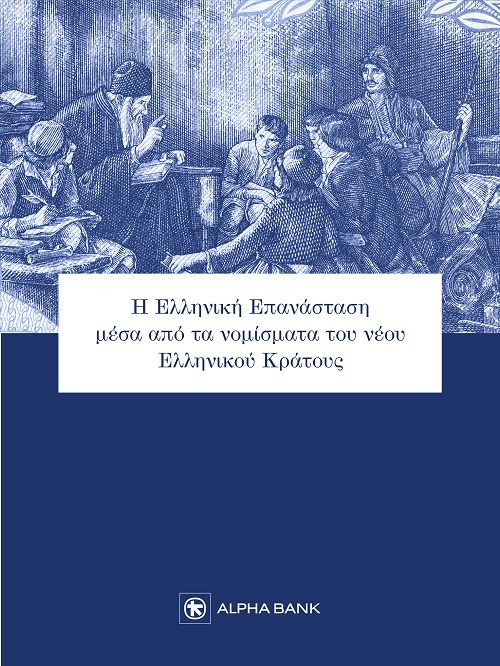
The publication The Greek Revolution through the Currency of the modern Greek State includes photos of currency of the modern Greek State with iconographic themes inspired by the Greek Revolution of 1821. All the banknotes and coins presented come from the Alpha Bank Numismatic Collection. The publication accompanied the events hosted by the Alpha Bank Numismatic Collection to celebrate the 200-year anniversary from the Greek Revolution.
- Authors: Dimitra Tsangari, Konstantinos Christopoulos
- Language: Greek
- Year published: 2021
What the publication includes
The publication presents banknotes and coins of the modern Greek State with themes inspired by the Greek Revolution of 1821. All the banknotes and coins presented come from the Alpha Bank Numismatic Collection.
The publication accompanied the events hosted by the Alpha Bank Numismatic Collection to celebrate the 200-year anniversary from the Greek Revolution.
The Greek Revolution on currency
The year 1821 marked the outbreak of the Greek Revolution against the Ottoman Empire. The Greeks managed to overturn the Ottoman rule. An event of such significance was expected to influence currency issuance. Right after the establishment of the modern Greek State, the new currency unit was decided.
It was called “drachma”. This decision is explained by the antiquity-oriented spirit of the time. Drachma was the same name as the ancient Greek currency unit.
Drachma notes and coins depicted persons, events, ideas and works of art relating to the Revolution. In this respect, currency becomes a valuable pool of knowledge. It draws attention to the key actors and promotes the values and messages of the Greek Revolution.
Even to this day, the national sides of certain euro coins depict figures of the revolutionary period.
The book is divided into 4 thematic sections:
- National preparation – From the late 18th century, the national awakening of the Greeks was brewing. Major personalities started mobilising throughout Europe. Adamantios Korais and Rigas Velestinlis played an important role, as did the Church, which cared for the education of Greeks under the Ottoman rule.
- Persons and facts of the Revolution – The Greek Revolution started from the Peloponnese. From 21 to 28 March 1821 it had spread to every region in the Peloponnese and elsewhere. Emblematic heroes and a series of major events, such as the Exodus of Mesolongi, the destruction of Psara and the burning of the Turkish flagship, contributed to the positive outcome of the fight.
- The establishment of the modern Greek State – The battle of Navarino (10 October 1827) paved the way for the establishment of the independent Greek State. Ioannis Kapodistrias was appointed governor and the young prince Otto of Bavaria became king of Greece.
- The national poet – In May 1823, Dionysios Solomos wrote the Hymn to Liberty, which consists of 158 stanzas. He was inspired by the Greek Revolution and the Greeks fighting for their freedom, integrity and national restoration. Since 1865, the first two stanzas are used as the national anthem of Greece.
Artworks inspired by the 1821 Revolution
The publication also includes photos of artworks that visually complement the currency. The artworks came from the National Gallery – Alexandros Soutsos Museum (Athens), the National Historical Museum (Athens) and the E. Averof Art Gallery (Metsovo).
Authors: Dimitra Tsangari, Konstantinos Christopoulos
Publisher: Alpha Bank
Place and time: Athens, 2021
Dimensions: 21 x 28 cm
Pages: 48
Cover type: Paperback
ISBN: 978-618-5072-46-9

